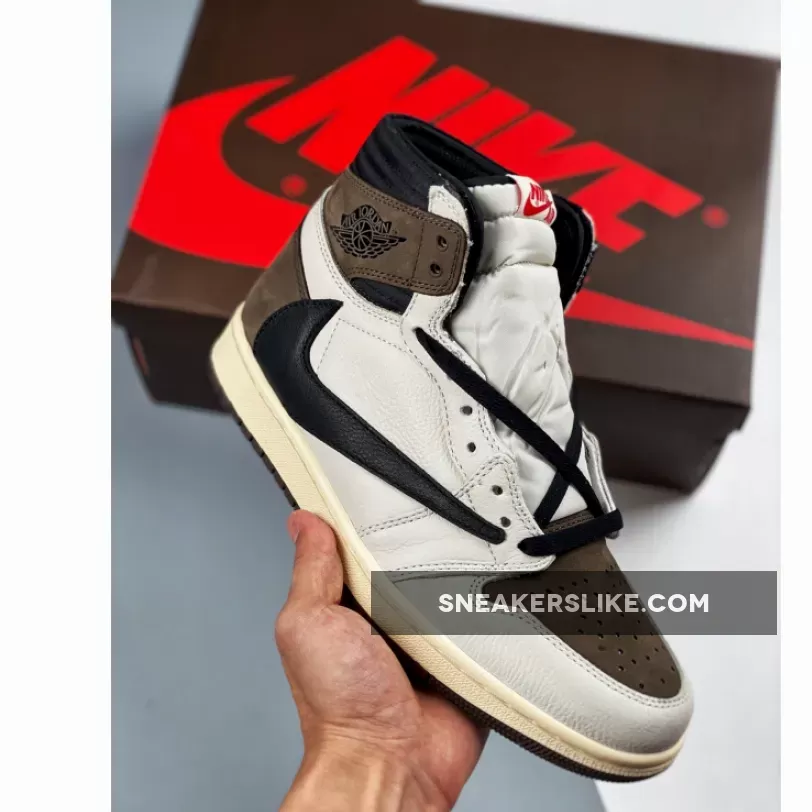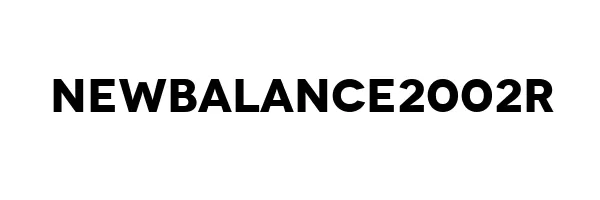The Jordan brand has been a staple in the sneaker world for decades, with some of the most iconic and sought-after shoes being released every year. From the Air Jordan 1 to the latest Jordan 37, collectors and enthusiasts alike are always on the lookout for rare and limited-edition designs. Unfortunately, the high demand for these sneakers has made them a prime target for counterfeiters. Fake Jordans can be almost indistinguishable from the real thing, making it difficult for even the most seasoned collectors to spot a fake.
In this guide, we’ll take a closer look at some of the key features to look out for when trying to authenticate a pair of Jordan sneakers. Whether you’re a seasoned collector or just starting out, this information will help you make an informed purchase and avoid falling victim to a fake.
The Jumpman Logo: A Key Feature in Authenticating Jordans
The Jumpman logo is one of the most recognizable features of the Jordan brand, and it’s also one of the most common areas where counterfeiters try to cut corners. On a real Jordan, the logo is crisp and well-defined, with no signs of smudging or distortion. The text “Jumpman” is usually in a smooth, flowing script, with no rough edges or irregularities.
On the other hand, fake Jordans often have a blurry or smudged logo, with rough edges and uneven lettering. This is a red flag that the shoe is not legitimate. Additionally, check the proportion and placement of the logo. On a real Jordan, the logo is usually centered and proportionate to the shoe.
Proportion and Silhouette: Ensuring Your Jordans Are Authentic
Another key feature to look out for when authenticating Jordans is the proportion and silhouette of the shoe. A real Jordan should have a sleek, streamlined design with a well-defined silhouette. The materials should also be smooth and high-quality, with no signs of rough stitching or uneven textures.
Fake Jordans often have a more boxy or bulkier silhouette, with uneven stitching and rough textures. Additionally, the size of the shoe may vary slightly from the authentic version. For example, the new 37 jordan collage design stretches from toe to heel with no significant marking at the seam. Be wary of any shoes with irregular or uneven dimensions.
Materials and Stitching: The Final Touches of Authenticity
The materials and stitching on a real Jordan are of the highest quality, with a smooth, even finish. The laces are usually made of a high-quality material, such as leather or nylon, and the shoe’s tongue should be made of a soft, breathable material.
Fake Jordans, on the other hand, may have a more rough or uneven finish, with rough stitching and cheap materials. Check the laces to see if they’re well-made and symmetrical. If the laces are uneven or have gaps between the threads, it’s a sign that the shoe is a fake.
Authenticating Jordans Through the Eyes: The Details Make All the Difference
When trying to authenticate a pair of Jordans, pay close attention to the details. On a real Jordan, the details should be crisp and well-defined, with a smooth finish. Check the stitching, insole, shoebox and packaging, as well as any additional branding such as glitter or patent entirely lining.
While these details may seem insignificant on their own, they can make a huge difference when it comes to authenticating a pair of Jordans. For example, some fake Jordans may use the Adidas logo, while other fake Jordans don’t boast a full 360-part fully -colour way behind the shoe. !phone b lnn.Enujícím
 Buy From: Travis Scott x Alternate Air Jordan 1 White Brown / travis scott jordan 1 brown
Buy From: Travis Scott x Alternate Air Jordan 1 White Brown / travis scott jordan 1 brown
